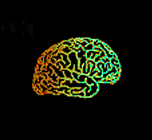
| home |
| work experience |
| publications |
| personal |
| links |
| contact |
| Google Scholar ID: GRl1s5cAAAAJOrchid ID: 0000-0002-3809-241X Scopus Author ID: 6603235382 Thomson's Researcher ID: D-2329-2011 |
|
My research interests (so far...) | ||
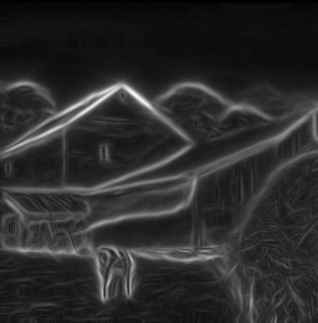 |
Biologically-plausible Computer Vision There are many important problems in Computer Vision that have already been solved by the human brain in a manner that suits human environmental needs. It seems like tha obvious thing is to learn from these solutions and replicate them in a functional manner. My ideas do not only get inspiration from biology, but try to implement these solutions in a plausible (yet parsimonious) manner. Download BMV17 pdf Download BMVC2016 pdf. |
||
 |
Chromatic categorization It seems very natural for people to assign names to the colours of objects. However, most observers will agree on the names for certain colours (focal colours, such as red, blue, yellow, etc.) and disagree on the names of others. I am interested the relationship between these high level processes and the low-level properties of the HVS. |
||
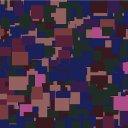 |
Colour constancy Colour constancy refers to how the human visual system sees object's colours stable despite changes in the colour of illumination. We have studied this phenomenon using a novel psychophysical methodology which allows us to model it in much greater detail than before. Download pdf. |
||
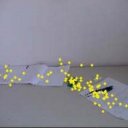 |
Modelling of visual saliency Visual saliency refers to the parts of an image that attracts the subjects' gaze. A modified version of CIWaM predicts the eye-movements of subjects in several well-known databases and obtains results comparable to the state-of-the art. Download pdf. |
||
 |
Chromatic induction Chromatic induction refers to how a colour is perceived in the presence of surrounding colours. Since several brightness induction effects can be modelled by our low-level multi-resolution model (BIWaM), the next step was to try to reproduce chromatic induction effects. The resulting model was termed CIWaM. Download pdf. |
||
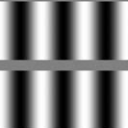 |
Brightness induction Two types of brightness induction effects (i.e. contrast and assimilation) have been described. Brightness contrast describes a shift of brightness away from its surroundings and brightness assimilation describes the opposite (brightness shifts towards that of its surroundings). I am interested in low-level computational models that predict these effects. Download pfd. Follow this link to try BIWaM online. |
||
 |
The Barcelona calibrated image database Although there are several good calibrated image datasets around, none seems to fit all the particular needs for every given project. This database aims to fill this gap with images optimally calibrated for vision science (in device-independent colour spaces) and detailed explanations of the methods (and their limitations) used to produce it. Link to the database |
||
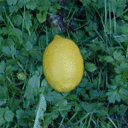 |
Modeling of visual discrimination processes on chromatic naturalistic stimuli A low-level model of visual discrimination (which includes colour) was calibrated and tested using psychophysically-measured discrimination thresholds of colour morph sequences. Download pdf |
||
 |
The effects of illumination changes on the red-green and blue-yellow colour opponent channels The relationship between environmental illumination (e.g. spatio-temporal variations in illumination present in nature) and the functional properties of the post-receptoral channels has always been an interesting subject to study. Download pdf |
||
 |
Modeling of visual discrimination and detection in foveal and peripheral vision Much of the psychophysical results we obtained from human subjects' local contrast discrimination using achromatic images can be modeled by simple multi-resolution computational models. I am interested in models that can predict results from contrast discrimination. Download pdf |
||
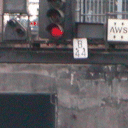 |
Application of contrast discrimination models to simulate human detection of objects A joint project with Human Engineer Ltd and Network Rail to develop a model of conspicuity of railways signals on cluttered visual backgrounds to assist signal engineers and train drivers in identifying potentially less-visible (and therefore dangerous) signals on the British rail network. |
||
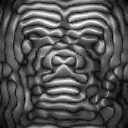 |
Foveal and peripheral vision and the spatial properties of natural scenes Different ecological constraints have shaped the evolution of peripheral vision and its properties. I am interested in the differences between foveal and peripheral vision in terms of a local contrast discrimination task. Download pdf |
||
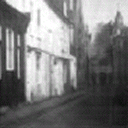 |
The effects of contrast on the discrimination of Fourier slope changes in natural scenes How do we take advantage of the spatial properties of the world to optimise our visual perception? This research explores how observers may use spatial image information to perform discrimination tasks and its implications for what we know about the early stages of visual perception. Download pdf |
||
 |
Visual ecology of primate vision. One of my earliest interests has to do with the ecological basis behind the evolution of trichromacy in primates. Pursuing this, my colleagues and I visited Kibale Forest, in Uganda, where we conducted research on the visual environment where primate vision is likely to have evolved. Download pdf |
||
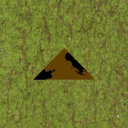 |
Avian vision and neuro-visual ecology How do birds discriminate food, (fruits, camouflaged insects, etc.) from the visual background? Have primate and avian vision been shaped by similar ecological constraints such as the need to detect fruit on the tree canopy? Download pdf |
||
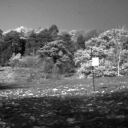 |
Spatio-chromatic information content of natural scenes An old interest of mine. This research explored the chromatic and achromatic Fourier content of a dataset of natural scenes and tried to establish a relationship between this and chromatic and achromatic spatial filtering properties of the human visual system. Download pdf. Download images from Bristol hyperspectral database |
||
Other related interests: Visual Aesthetics. Visual Illusions. Computer programming, Matlab, Delphi, programming for specific Hardware (Cambridge Research System's VSG series cards). Colorimetry, monitor calibration, experimental design using calibrated colour monitors and printers.
|
|||